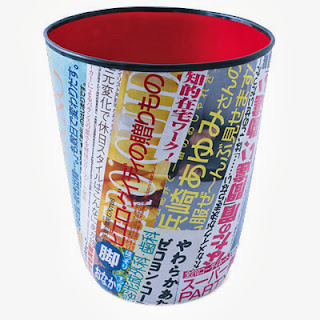My husband is a passionate hunter, and we not only have a chest-freezer packed to the brim with wild game meat, but also several mounted animal heads, innumerable antlers, wild bird mounts, and even a full body mount of a white mountain goat (known in our house as "Billy"). I did not grow up in a house with taxidermy, and it has taken me some time to come to terms with living with these critters. At first, the only images of interiors with taxidermy that came to mind were from the Cabella's catalog (think: camouflage duvet covers, lodgepole pine furniture).
But lately, I've been poking around, looking at images of antlers and taxidermy in more stylish places, and have found lots of sources of inspiration for ways to live with my husband's trophies. One of my very favorites is Carolyn Roehme's dining room in Aspen:
I'm particularly drawn to antlers in surprising places, like this arrangement of precious dog portraits, delicate antiques, and glazed green ceramics. This type of antler mount, called a European mount, seems to be everywhere I look these days--maybe because you don't have to look the animal in the eye! You can buy the hand-carved, Black Forest plaques to fit the skull and antlers you have to mount. Or of course, the full mounts are available from auction houses and antiques dealers, too.
I love this antler mount alongside china and silver:
And these mounted African heads in this very clean, Scandinavian interior:
Leave it the French to have the chic-est taxidermy shop in the world: Deyrolle, in Paris. The shop burned several years ago, but I think I read that someone has revived it. Here is an image from before the fire. The mint green walls are a surprisingly perfect backdrop; I don't think any American would think to use a green with so much blue in it for a taxidermy shop--we would naturally be drawn to a mossy green, but I really love this:
Images like these have helped me rethink our collection and my opinion of it. If taxidermy and antlers were good enough for the chatelaine of the fabulous palace below, I guess I can make do!













